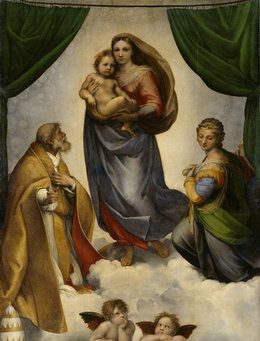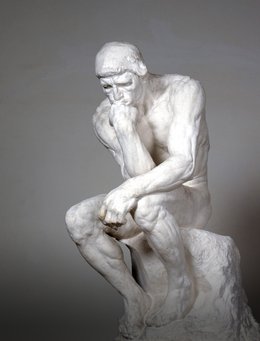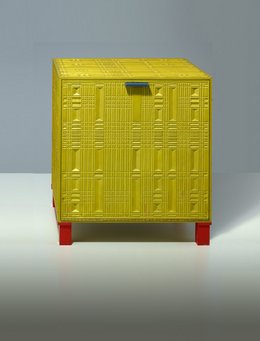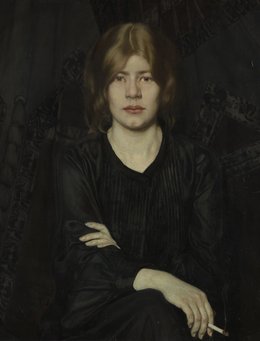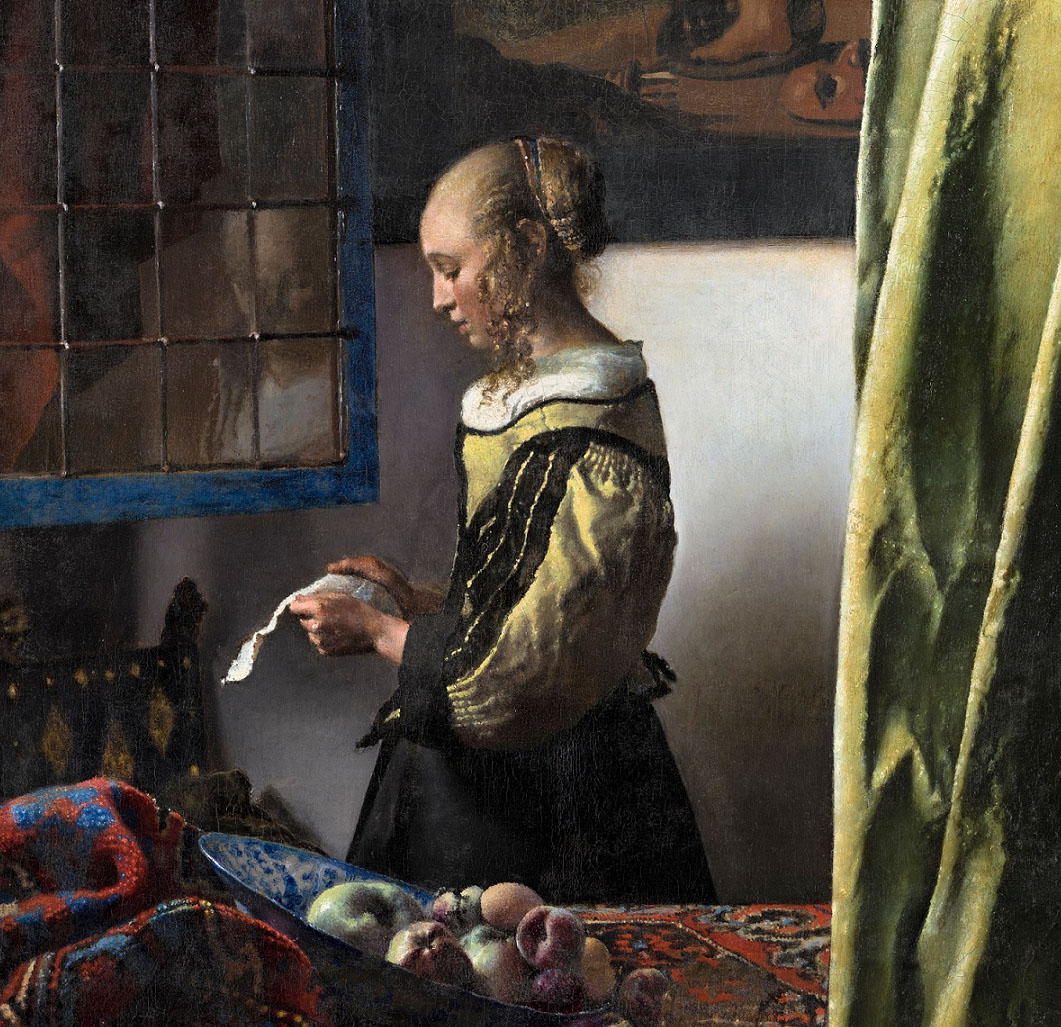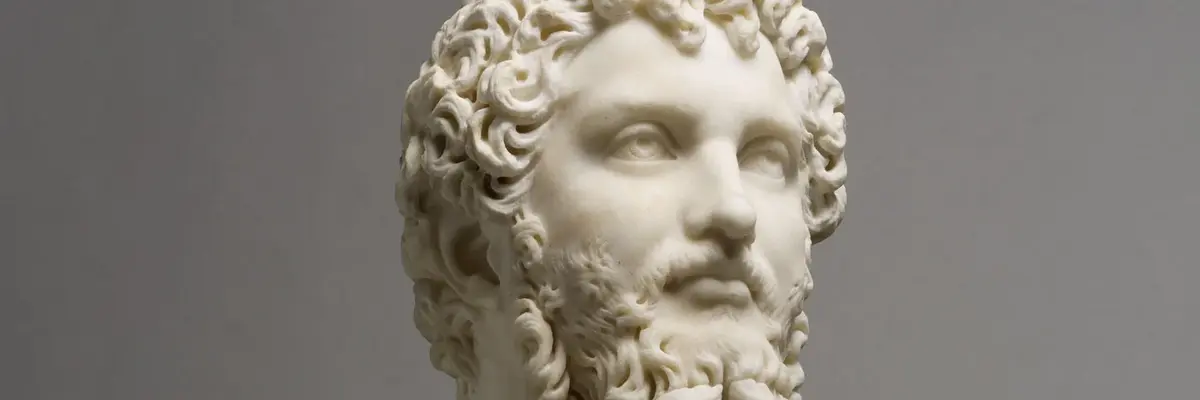
Of Beauty and Grandeur. Roman Portraits and their Baroque Appropriation
The Dresden Antiquities Collection is one of the oldest collections amassed in Dresden by the kings and prince electors, and one of the oldest large collections of antiquities presented in a museum outside Italy. The items, on view behind glass in storage depots at the Albertinum, are currently waiting to be presented again in the eastern gallery of the Semperbau at the Zwinger. The sculptures from classical antiquity and the Baroque period have not been presented to the public in a fitting manner since 2002, the year of a major flood on the Elbe, followed by the reconstruction of the Albertinum and its reopening as a museum for modern art.
- Exhibition Site Albertinum
- Dates 22/07/2016—20/11/2016
[Translate to English:] text
The collection displays a selection of some 50 classical and Baroque portraits and portrait statues. These portraits – sculptures combining authenticity and idealisation – played a crucial role in defining and communicating political, social and communal identities, sending out various messages to their audience in ancient times. One of the most important art genres of classical antiquity, portraits of children, women, politicians, military commanders and the ruling elite were a ubiquitous element of everyday Roman life. They were erected on public squares, influencing broad swathes of the public as a kind of mass media. In the 16th and 17th centuries, the works, which had often survived only as fragments, were elaborately and splendidly completed with busts made of coloured stone or reworked in the classical style. At the start of the 18th century, they came to Dresden from the Brandenburg Collection built up by Friedrich Wilhelm I (1688–1740) and the Roman Collection assembled by the House of Chigi.
This presentation shines the spotlight on the sculptures which make up the heart of the collection and which stand out in terms of their quality and quantity. Among the items there are some unusual works, such as the statue of the Roman Emperor Antoninus Pius (150–160 AD), the portrait of his wife Faustina (around 140 AD) on a magnificent Baroque bust of coloured marble, or the porphyry bust of the emperor known as Caligula (17th century), whose acquisition was of particular value to Augustus the Strong because of its precious material. Loans from the Grünes Gewölbe (Green Vault) include a showpiece by Johann Melchior Dinglinger and Balthasar Permoser: a cameo of a Roman emperor from classical antiquity set in a precious frame. In the 18th century this portrait was seen as that of the first Roman emperor, Augustus. Augustus the Strong saw himself as linked to his namesake by his own fame as a ruler and a patron of the arts.

